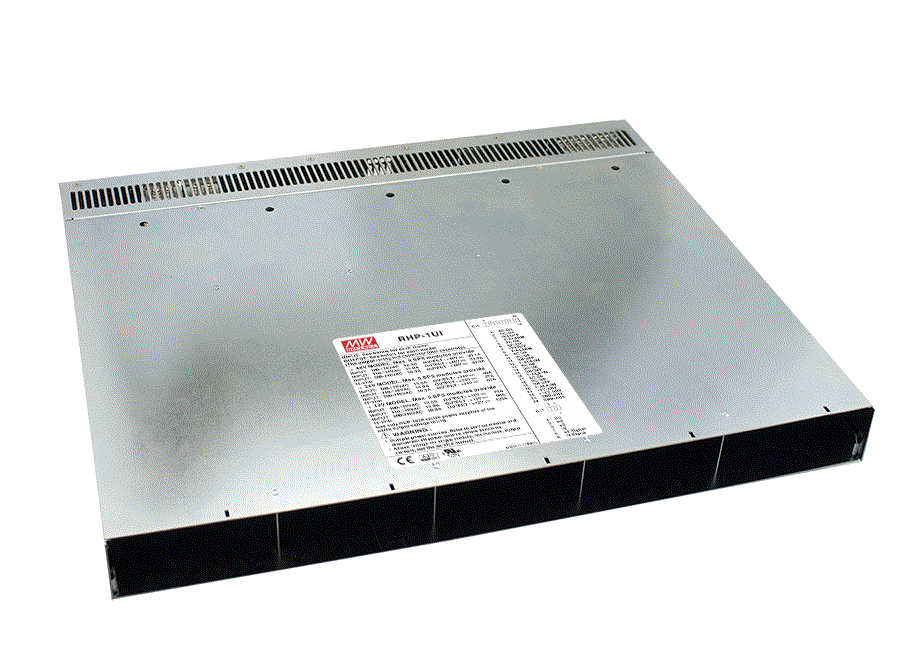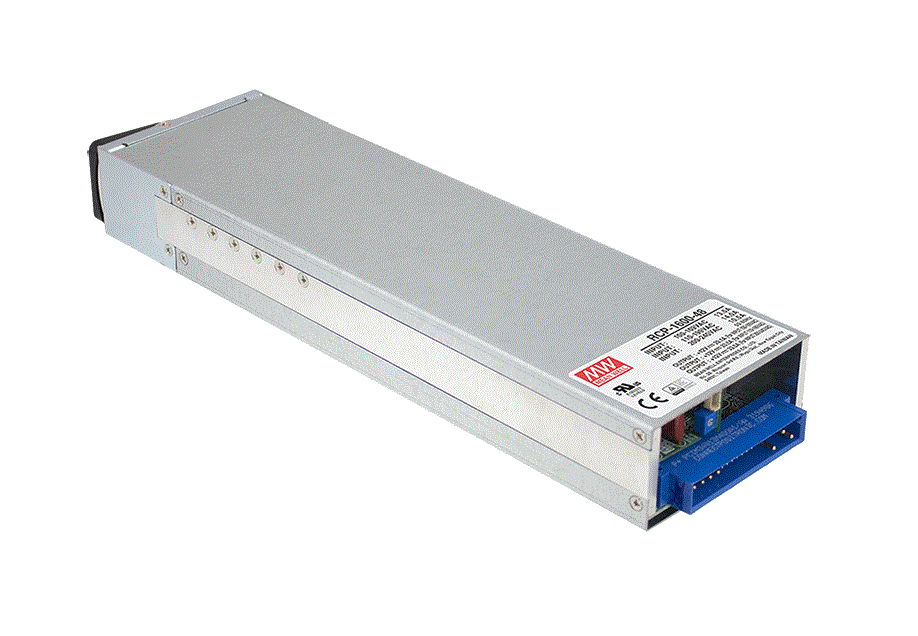Trends in rackmounting power supplies
What can OEM designers anticipate in power supplies and related power equipment, and how can they contribute to product success in today’s conditions, asks Andy Wall, Sunpower
Whether from established applications such as process control, or emerging areas like electric car charging, electrical and electronic product users continuously expect more functionality and flexibility from smaller packages. They also expect to monitor and control devices from any suitable location, at any time.
These factors create challenges, especially for the product’s power supplies.
Although 19inch racks are used extensively in telecommunications, computing, data centre, audio, video, entertainment, process control, transportation and other industries, and charging applications include electrical scooter and vehicle charging stations, marine battery chargers, security systems, DC UPS and backup systems, and constant current source systems.
High power density
An example, available from Sunpower, is the Mean Well single power supplies. They are rated to 1.0, 1.6 and 2kW. In suitable application environments, the supplies can be paralleled using their built-in current sharing function to achieve up to 24kW capacity. All models are compact with a 1U (44mm) height, while the latest 1.6kW design offers further miniaturisation. Width is reduced to 85mm, and it achieves 25W/inch3 power density and an efficiency of up to 93.5%.

Figure 1: The Mean Well RHP-1U rack system
A wide input voltage range of 90 to 264V AC is supported, with DC outputs of 12, 24 and 48V available. These outputs are programmable, offering settings of up to 40 to 125% of nominal voltage. Constant current level programming, from 20 to 100% of rated current, is also possible. The units can be used in a wide range of demanding applications, with built-in, speed-controlled DC cooling fans enabling an operating temperature of up to 70°C. The units can be conformal-coated if required. Humidity and vibration specifications are provided, and safe and reliable use in installations around the world is assured by compliance with UL, CUL, TUV and CE standards.
Assembling a chassis scaled to the required power capacity is simplified by products such as Mean Well’s RHP-1U rack system (Figure 1). This accepts up to five 1.6kW power supplies for a total 8kW capacity in a 1U rack height. Up to three chassis can be stacked for the full 24kW output. Hot swapping of power supply modules is supported, minimising mean time to repair (MTTR) and maximising power system availability. Other rack variants such as the RCP-1UI (Figure 2) for different power capacity ratings are also available.
The high-density rack-mounting range extends to battery chargers as well as power supplies. The RCB-1600, for example, provides intelligent charging for lead-acid or Li-Ion batteries with programmable charging curves, and adjustable output voltages and currents. The chargers share many of the RCP power supplies’ design and performance capabilities.
Monitoring and control
Users are now assessing power supplies not just on their standalone functionality, but also on their communications capabilities and amenity to monitoring and control from both local and remote locations.

Figure 2: The RCP-1600 power supply
The RCP/B power products provide a communications interface that supports PMBus Rev.1.1, with a maximum 100kHz bus speed. This allows users to perform higher level status monitoring and output read/write functions such as output trimming. I2C bus is optional on some models. A CAN bus interface is also planned.
For more communications options, the RKP-CMU-1 digital control and monitoring unit is available. This low-profile, 1U rack-mounting device allows users to manage up to 32 RCP/B power supplies, either remotely or locally. The unit itself has front-panel buttons and an LCD to allow on-site service without a PC. A PC can, however, be connected for local or remote control and monitoring, via a USB, RS-232 or Ethernet interface, or GSM modem. The monitor can display power supply parameters including output voltage and current, internal temperature, status, serial number and firmware version. Programmable relays are also available to allow on/off control of the power supplies and other functions. A data logger stores system data during normal operation, and an event logger records system conditions during alarm triggering and reset events. A real-time clock date- and time-stamps records from both loggers.
Applications
In one motorway traffic management application, RCP power supplies are used in an RCM-1UI rack with I2C communications, allowing operators to monitor the system 24/7 for 365 days of the year. This reveals faults relating to loss of power, high temperatures or module failure. Operators and management can remain in touch everywhere, as an external GSM modem is required to transmit fault alerts as text messages.
RCP 2kW supplies with 24V DC outputs are found in broadcasting and video encoding applications. Modules run in current sharing mode, with fully redundant operation. If one fails, the other can support the load until the faulty module can be exchanged. In another media application, the customer’s own rack accepts 1kW supplies with 48V DC outputs, allowing rapid plug and play accessibility. Two units per machine provide redundancy, and the power supplies’ I2C links are used for signalling, monitoring and understanding system behaviour.
System and equipment designers can choose high power density products in a modular form which can be scaled to achieve a capacity or redundant system that is both space- and cost-efficient. A choice of internal and external communications options allows operators to monitor and control the power configuration from a local or remote control centre, or even while roaming.







